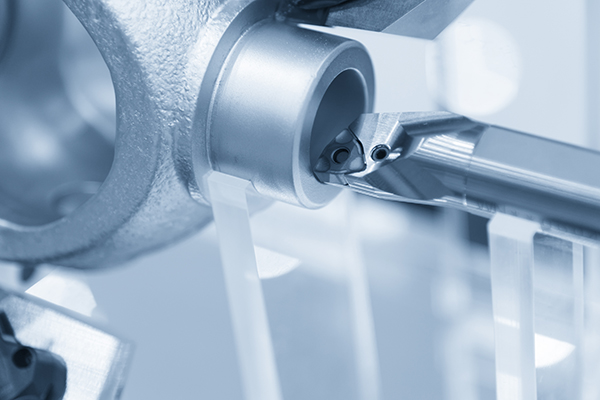The Die casting process is a metal casting method that manifests itself in the transformation of molten metal into steel under the action of great force. The 2 hardened tool steel dies are used to make the tooth cavity of the cast, which is shaped and works similar to Die cast by action. After Die casting, the metal quickly hardens, after which the part is removed from the cast. The matrix components are single, smooth or uneven, and dimensionally uniform.
It typically uses steel casts called adapters, where molten metal is combined with significantly high pressure. Precision die casting is an ingenious method that allows for many complex manufacturing steps, from steel housings to small toy vehicles. At the same time, it maintains total precision for a flawless end result. Training strategies are important because accuracy depends on the method used.
There are 4 steps involved in Die casting and each step must be completely completed before moving on to the next step as this allows for perfection in the final item. The die employee must ensure that the Die casting machine is at the correct temperature level. There are many opportunities to get an irregular shape if the cast is cold when die casted metal due to it hardening too quickly, not holding the correct shape.
The first part of Die casting is when the cast is sprayed with a lubricant and then closed. Lubrication helps control the temperature level within the die and also allows easy removal of the casting.
In the next step, molten metal is died into the die and then the metal is placed under extremely high pressure, therefore this allows the metal to conform to a fixed die shape, without the risk of bulging or air pockets. inside the product. …
After that, the cast cools down and thus the metal hardens. It varies according to the grade of the stadium. The cast is dipped or sprayed with cold water to reduce the strength of the casting, however this is sometimes easy. However, a high pressure remains inside the cast, so the metal does not change its properties. Finally, the matrix is exposed and the strong bandage is removed.

Benefits:
- These castings can be produced in thousands of batches until you need some brand new casting tools.
- It is capable of creating complex shapes with a high degree of tolerance.
- Excellent dimensional accuracy.
- Minimize or eliminate secondary processing procedures.
- Fast production figures.
Computers and the Die casting process
After the great advance in Die casting technology and the introduction of new alloys, the Die casting process remained fairly continuous for a long time before the introduction of the computer system in the manufacturing sector. Computers are now used in all stages of design and manufacturing:
- Cast Design – The electronic design process allows engineers to produce and evaluate cast designs electronically, resulting in less ideals and design technologies.
- Cast Manufacturing – Automated manufacturing processes and tool designs allow extremely complex dies to be created with minimal human labor. Intricate arches and decorative pieces can be machined using this application controller cast.
- Process automation: computer systems can monitor the actual Die casting process and monitor part status at all stages of production technology. The systems can maintain the correct pressure throughout the casting process, control the temperature level of the molten steel and the cast after casting, control part cooling via water channels, and determine when the part can be removed from the cast.

